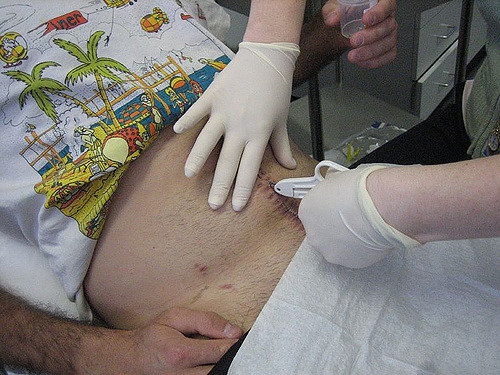Appendicitis.
It’s a diagnosis familiar to many, often heard after a loved one becomes hospitalized. Less common, however, is an understanding of what this condition—and the region of the body it affects—truly entails.
Appendicitis is fairly common, affecting roughly one in 15 Americans at some point in their lives. It stems from inflammation of the appendix, which can then burst if left untreated. The appendix is a narrow tube, approximately four inches long, protruding from the large intestine where it connects to the small intestine. Within the human body, the appendix can be found in the lower right portion of the abdomen. In terms of function, the appendix is a bit of a mystery—some medical professionals think it may contain stores of good bacteria while others believe it served some purpose for our human ancestors. Whatever its role may be, if any, removal of the appendix poses no threat to survival.
Some of the known causes of appendicitis include blockage by stool, cancer, or any infection in the body that can lead to swelling of the appendix. The most common symptoms of appendicitis are increasing pain from the navel to the lower abdominal area, loss of appetite, nausea, vomiting, and fever. Recognition of possible appendicitis is critical because unlike most health issues, it cannot be solved with pain medication—in fact, any food, beverage, or drug consumption can result in a ruptured appendix. Once the appendix bursts, its toxic contents spread into the rest of the abdominal cavity and infect the peritoneum (the cavity lining) in a separate condition called peritonitis. Without treatment, peritonitis can be fatal.
As of now, surgery is the only effective treatment for appendicitis. However, promising new research suggests that antibiotics may soon eliminate the need for surgical removal of the appendix.
Appendicitis is a scary condition that can strike at any time, but simply knowing what to look for can help prevent potentially fatal complications.
Feature Image Source: Staple Removal 1 by Jimee, Jackie, Tom & Asha










